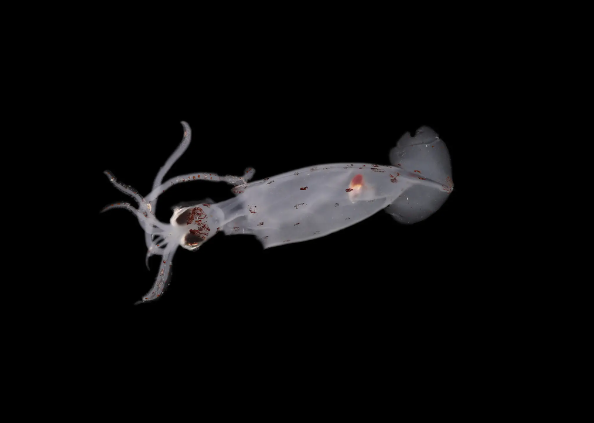- |
After a few days come on findings carried out in Chile, a new breath of fresh air for biodiversity has arrived from New Zealand:a three-week expedition of 21 scientists led to the discovery of hundreds of potential new marine species in the waters of Bounty trough, a vast, little-explored underwater bathymetric depression located off the east coast of the South Island.There are at least dozens of molluscs, three fish, a shrimp and a cephalopod never seen before and according to Alex Rogers, the marine biologist leading the expedition, the number of new species could exceed the hundreds when the results - almost 1,800 samples – will be confirmed.The mission was led by Ocean Census, a non-profit organization dedicated to the global discovery of ocean life, the National Institute of Water and Atmospheric Research (NIWA) and the Museum of New Zealand Te Papa Tongarewa.The Dr.Rogers explained that expeditions like the one just concluded are fundamental because allow us to obtain more information about marine ecosystems, which support life on Earth and regulate the climate, while Dr.Thom Linley, fish curator at Te Papa Tongarewa, commented, “Despite being a team of experts, each team found something unexpected and exciting that they couldn't wait to share.”
The team of New Zealand scientists collaborated with British and Australian experts to collect nearly 1,791 samples from a depth of approximately 4,800 meters below sea level.The researchers first mapped the area with video cameras and image acquisition systems, verifying that the area was safe for their equipment and that there were no animals that could potentially be damaged by the expedition.Following the positive outcome of the investigations, they used nets, bait and the Brenke sled, a device capable of collecting organisms from the seabed and sediments which is lowered from the ship and towed along the seabed at low speed.Given its depth – explained Dr.Rogers – Bounty Trough is not of great interest for fishing and is therefore poorly sampled:the area has been examined by geologists but not by biologists.

Furthermore, among the results of the discovery was reported a creature that caused "a lot of headaches" for researchers:sIt is a star-shaped animal about a centimeter wide that has not yet been identified.For now, according to hypotheses, it could be a coral.Queensland Museum Network taxonomist Michela Mitchell explained:“Our team initially thought it might be a starfish, a sea anemone or a zoanthid-like creature, but so far they have shown that it is none of these.We have a lot of experts here who are taking a look and are very excited.Now we think it could be a new species of octocoral, but also a new one.Even more interesting, it may be a completely new group outside of the octocorals.If it were, it would be a significant discovery for the deep sea and would give us a much clearer picture of the planet's unique biodiversity."
Mission co-leader, NIWA marine biologist Sadie Mills, said:«The expedition demonstrated that the Bounty Trough is full of life.We have visited many different habitats and discovered a whole range of new species, from fish to snails, corals and sea cucumbers, really interesting species that will be new to science.The ocean census has allowed us to explore an area of Aotearoa's deep seabed that we previously knew little about in terms of the animals that live there.This partnership will not only add new species to our recently published New Zealand Marine Biodiversity Inventory, but improve our understanding of seabed habitats and geographic zones and rare, deep-dwelling species."According to Dr.Rogers also, the expedition is "probably the equivalent of a space mission":the researcher explained that knowing more about aquatic life is crucial as marine ecosystems perform functions that support life on Earth and regulate the climate.
All that remains is to wait for the results to be confirmed by an international team of scientists who are currently working in the taxonomic laboratories of Niwa and the Te Papa Tongarewa Museum.The collected specimens will be selected and described over the next three weeks so that they can be added to New Zealand's marine biodiversity picture.“It's still early days, but the number of species we found in the Bounty Trough really tells us that we still have a long way to go in understanding where life exists in the ocean,” Rogers concluded.
[by Roberto Demaio]
